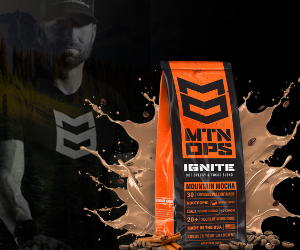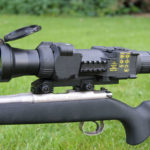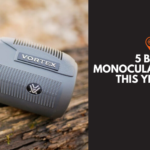
Spotting scopes are used largely in spot and stalk hunting scenarios. This includes everything from mountainous terrain to wide open spaces on the prairie. Adding a high quality spotting scope to your arsenal is a decision sure to be a game changer for your success in the field.
Straight Vs. Angled Scopes
Spotting scopes vary and are used differently for different occasions. For instance, there are those that are angled and those that are straight. The angled ones are best if used to share the view with a group of people. It is usually compatible as it can work with any height of a person. As opposed to the straight spotting scope, it allows the user to position the tripod to a much more extended position thus increasing its stability. On the other hand, a straight spotting scope is much of use in a restrained space. Precisely, it is best if used to watch animals.
Tips for Using a Spotting Scope
Prepare the Scope
In this case, the way you set your scope is what will determine a clear view. Obviously, you will have to remove it from the cover so as to expose the objective lens, the eyepiece as well as the focus controls. Remove the caps in the process and then proceed with your viewing.
Location Matters
It is important that you take your time and choose a spot with the correct view. This will not only enable you to catch the best shots but also, ensure that you are comfortable where you are. In addition, since you are trying to catch distant objects, you do not want to get distracted from your view. Ensuring a clear pathway can, therefore, enable you to view clearly and accurately.
Use a Support
Viewing through a spotting scope can be delicate in some instances. Due to its high magnification levels, a slight interruption can lead to poor visibility. As a result, you might lose the view or it might get blurred. This, therefore, calls for a good tripod stand where you can place your scope and be rest assured with little or no shakes. A good tripod, for that matter, will depend on numerous factors. This includes having a span head to enable smooth scanning and adjustable legs to fit any landbound. If you are planning to use your spotting scope while inside your car, you can still be able to get great views. There are numerous car mounts that work well in terms of providing stability to your scope despite the fact that you are driving.
Consider the Atmosphere
While using the spotting scope, getting a clear vision may vary with the weather condition. Thanks to its adjustable techniques, one can adjust to different resolutions for a better view. In a matter of days that are with high heat waves, humility, and glare, adjusting to 30° can be disastrous henceforth you will require to put it lower. Contrary to that, 60° can be a good set for the usual days.
Find Your Targets
Spotting scope, just like any other scope out there has a procedure for use. For a good view, one should direct the objective lens to the object then magnify to focus the image. Magnifications, hereby, requires starting at low slowly to the high level. Not necessarily the highest level, but you should focus on to find the correct sharpness including a wide field of view. This can be done by turning the zoom ring as in many spotting scopes. In case of sun rays, spotting scopes come with retractable sunshades that block them from the objective lens. The panhandles will, therefore, assist in finding focus where you can tilt it slowly to view the environment.
Overall, as stated before, spotting scopes are not for factors such as astronomy. It is, however, an optic that can be used for viewing things such as birds, wildlife, and at times, the beautiful night skies. Therefore, is important that you consider knowing what you want to do with a scope before you can decide to buy one. Nonetheless, if your choice is the spotting scope and would want the best experience, the tips discussed in this article can assist you in learning how to use your spotting scope when you finally buy it.
Did this article help at all? We’d love it if you left us a 5 star review below!
If not, anything we could improve on? Send us a message!








